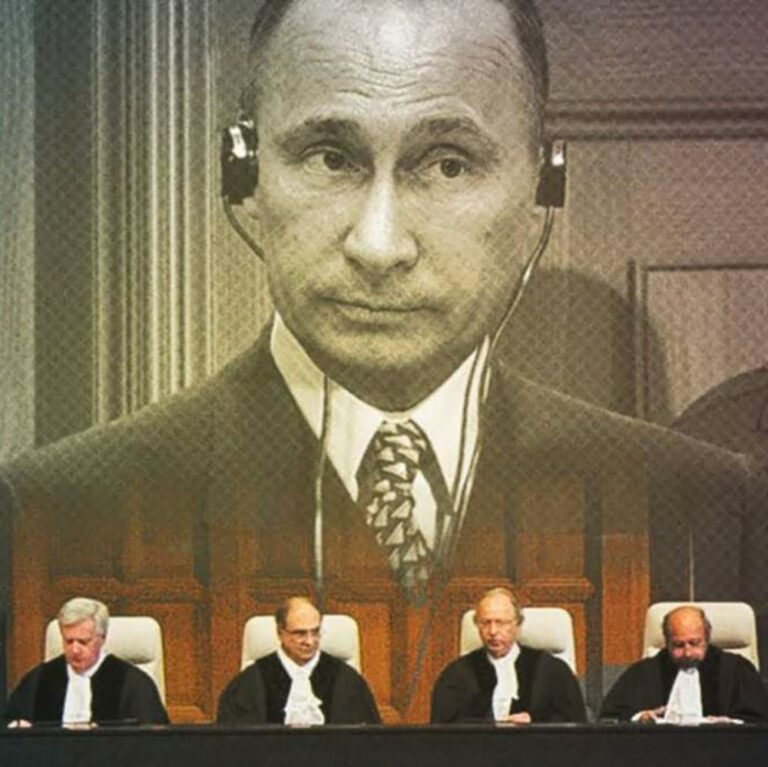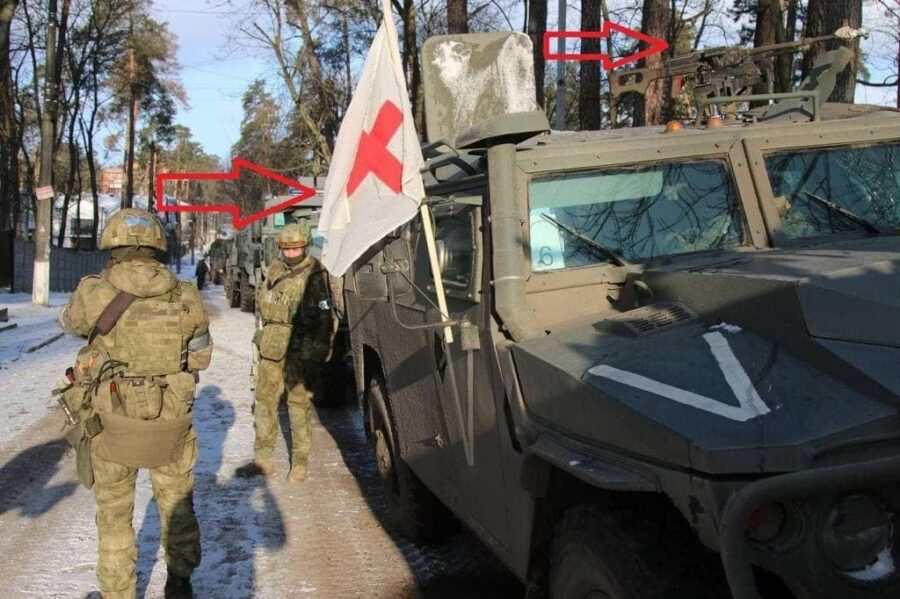
At the initiative of Ukraine, 41 member states of the Rome Statute (establishing crimes against humanity, war crimes, genocide and crimes of aggression) appealed to the International Criminal Court in The Hague to launch a criminal investigation into Russia’s crimes against Ukraine. On March 3, International Criminal Court Prosecutor Karim Khan began investigating war crimes committed by Russia since 2014 in the East and Crimea and till now throughout Ukraine.
O n February 26, 2022, Ukraine filed a lawsuit with the UN International Court of Justice alleging that Russia had violated the Convention on the Prevention and Punishment of the Crime of Genocide. And on March 16, the UN International Court of Justice obliged Russia to end its invasion of Ukraine immediately. On the same day, US President Joe Biden first called the Russian president a “war criminal” for invading Ukraine. The US administration has still avoided using this phrase, even answering direct questions.

But this is not the end of the struggle of Ukrainians on the legal front. Human rights organizations urge witnesses to continue to record evidence of war crimes in Ukraine as wars end in legal consequences such as changes in the system of world order, punishment of international criminals, and so on.
A war crime is a conscious gross violation of international humanitarian law, for which the perpetrators (hostilities participants and persons who give them orders) bear individual criminal responsibility determined by a decision of international military tribunals.
If you have witnessed a war crime, you can help gather evidence and testimony. Send them to otp.informationdesk@icc-cpi.int (in any language), to the chatbot in the telegram @tribunal_ua_bot, to warcrimesos.ua@gmail.com or to the platform https://warcrimes.gov.ua/.
What to record?
– dead and wounded civilians (emphasize the attributes of clothing if it is a priest, doctor, etc.);
– torture (beating, rape, hostage-taking, use of civilians as a “human shield”);
– damaged and destroyed civilian buildings, cultural monuments and other non-military facilities (such as dams, chemical plants, cars, etc.);
– traces of shelling in residential areas;
– disguised saboteurs in the Ukrainian special uniform, use of the Ukrainian flag, the white flag as a cover for commission of crimes;
– acts of looting, robbery;
– obstruction of medical care;
– defeat of medical and humanitarian missions.

How to record?
In written form, on photo and video. In addition to the crime itself, film the environment for completeness of context.
Show your face and give your last name, first name, middle name.
Indicate the date, time and exact location of the filming (otherwise, the evidence will not be valid in court).
Record (if possible) the personal data of witnesses of the crime (name, date of birth, phone number, address).
Make sure you are safe! Do not touch anything with your hands! Shoot from afar!

